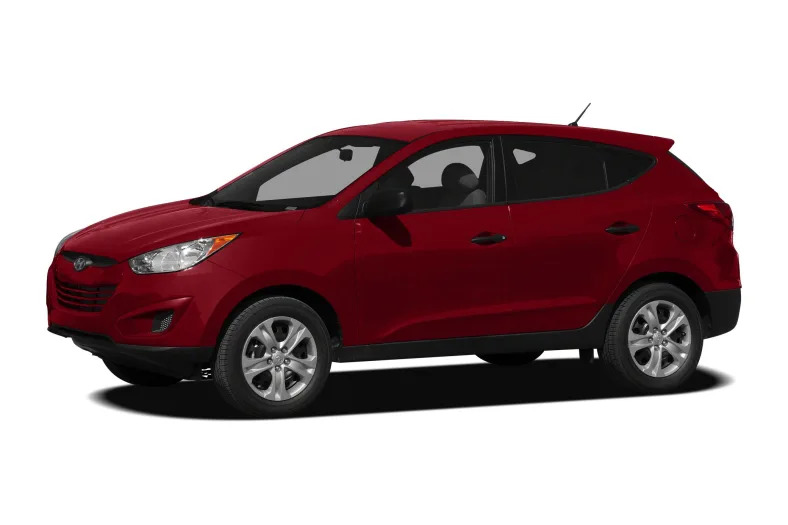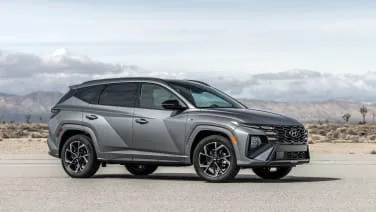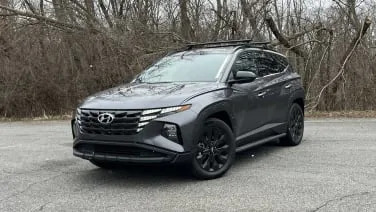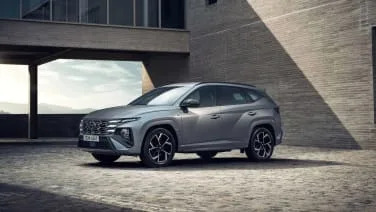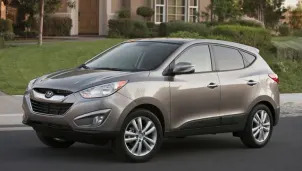GLS 4dr Front-Wheel Drive
2010 Hyundai Tucson
2010 Hyundai Tucson – Click above for high-res image gallery
Little more than ten years ago, the meat and potatoes of the automotive universe were C and D segment sedans. Think Corolla and Camry; Focus, Fusion and (old) Taurus; Civic and Accord. But then, for better or for worse, something significant shifted in that old sales paradigm. Specifically, crossovers. Also known as CUVs, the overgrown wagons still ride around on C and D platforms, only a foot higher off the ground. Why? Blame the SUV craze and/or what automakers …
Full Review
2010 Hyundai Tucson – Click above for high-res image gallery
Little more than ten years ago, the meat and potatoes of the automotive universe were C and D segment sedans. Think Corolla and Camry; Focus, Fusion and (old) Taurus; Civic and Accord. But then, for better or for worse, something significant shifted in that old sales paradigm. Specifically, crossovers. Also known as CUVs, the overgrown wagons still ride around on C and D platforms, only a foot higher off the ground. Why? Blame the SUV craze and/or what automakers …
Hide Full Review
Retail Price
$18,995
MSRP / Window Sticker Price
| Engine | 2.4L I-4 |
| MPG | 22 City / 30 Hwy |
| Seating | 5 Passengers |
| Transmission | 6-spd man w/OD |
| Power | 176 @ 6000 rpm |
| Drivetrain | front-wheel |
Smart Buy Program is powered by 

